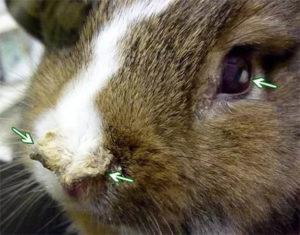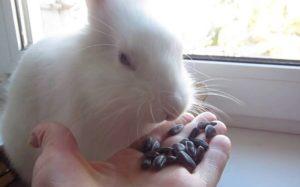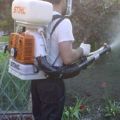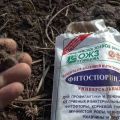Instructions for the use of lactic acid for rabbits and contraindications
Despite the fact that lactic acid is not registered in the Russian Federation as a full-fledged drug, the product is popular among livestock breeders. The healing substance is able to cope with the ailments of pets, and also helps to improve the fertility of animals. Until a few years ago, lactate was used only for the treatment of goats and cows. Lactic acid is now available for complete breeding in rabbits.
Composition, release form and storage rules
Lactic acid is a pale yellow oily substance with a barely perceptible specific odor and slightly sour taste. Lactate is a hydroxy acid, so the substance dissolves easily in ordinary water. In its original form, the substance has a crystalline form, but the acid is used only in the form of solutions.
The active substance is obtained by fermenting foods with a high sugar and lactic acid bacteria content. Vials with a capacity of 10 to 1000 ml are available for sale. As a rule, in the pharmacy you can find a solution in a concentration of 40% and 80%.
Lactate is perfectly stored for 10 years without losing its beneficial qualities. The range of permissible temperatures for storing the product is from 30 degrees of frost to 45 degrees of heat.
Indications for use
Lactate is an excellent remedy for killing various types of fungi and mold. Livestock breeders use the substance as a remedy to combat diseases of the digestive tract of pets. Lactate helps relieve spasms in the intestinal region of the animal, has a beneficial effect on complex digestive processes.
The active substance contributes to the rapid growth and active weight gain of the animal. Due to its wound-healing properties, the drug successfully copes with damage to the skin of animals. A natural antiseptic is an indispensable assistant in the difficult task of disinfecting rooms and cells. Meat of slaughtered animals is treated with a concentrated solution. Thus, the shelf life of the product is increased.

How to dilute lactic acid
In farms, 40 percent acid is most commonly used. You cannot give it to pets in its pure form. Before use, lactate must be diluted with water to the required concentration. The calculation formula for acid dilution is simple: the initial concentration must be divided by the required one. As a result, the total number of shares is obtained, of which 1 part is acid, and the rest is water. For example, in order to prepare a 10% solution from 40% lactic acid, you need to take 3 parts of water and 1 part of the drug.
Dosage and instructions for use
Depending on the purpose, the active substance is used in different ways:
- Orally. Lactate is used primarily to treat the digestive tract of pets. The treatment regimen depends on the condition of the rabbit and the specifics of the disease.
- Topical treatments are used to treat skin problems in animals.
- To disinfect a room or inventory, the active substance is used by spraying.
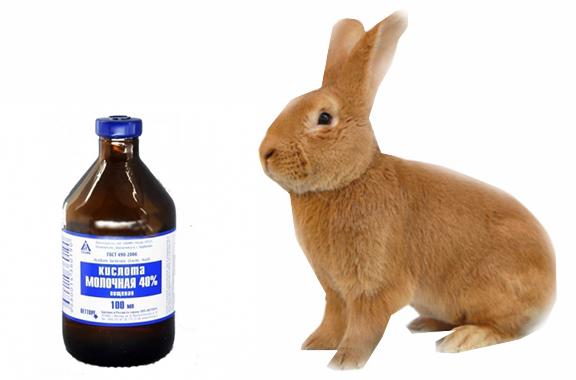
Lactate is not used in its pure form. The drug is diluted with clean water until the required solution concentration is obtained.
Internal use
Experienced veterinarians strongly recommend using the solution to solve many problems in the work of the gastrointestinal tract of animals. For example, for the prevention of chronic coccidiosis, young rabbits are treated with lactate solution for 1.5 months.
To prepare the drug, 2 tablespoons of the drug are dissolved in 10 liters of pure water. The resulting "cocktail" is poured into separate bowls and given to kids in any quantity. A weak solution will not harm the rabbits. However, it must be remembered that feeding the cubs is carried out only after they reach 1.5 months of age.
With the help of a healing solution, they destroy harmful, pathogenic bacteria in the pet's intestines, and fight the negative consequences of poisoning. Lactate has a positive effect on the metabolism of the rabbit and also relaxes the intestinal muscles. Lactic acid is the first assistant in the fight against gastritis, enteritis, trichomoniasis and bloating in pets.

To avoid diseases of the gastrointestinal tract in rabbits, regular watering of animals with 2% lactate solution will help. For this, the active substance is added directly to the drinking bowls with water. The duration of the course is 5 days. With prolonged flatulence, a 5% solution helps fluffy pets. Each rabbit should be given 4 ml of the mixture. Experienced farmers widely use a 3% agent for the complete disinfection of all types of animal feed. For the procedure, use 0.5 ml of the mixture per 1 kg of feed.
Spraying
The preventive procedure for disinfection of the rabbitry is carried out only once a year. A 10-30% solution is used to disinfect the cells and the common room. Before the procedure, the rabbits are transferred to another place. The solution is boiled and the room is irrigated with a working fan. Thus, the agent is distributed in the form of an aerosol.
Experienced experts recommend using special aerosol generators. Devices are much more effective than homebrew devices. In real life, not everyone has such a unit. On large farms, lactate is sprayed with humidifiers.
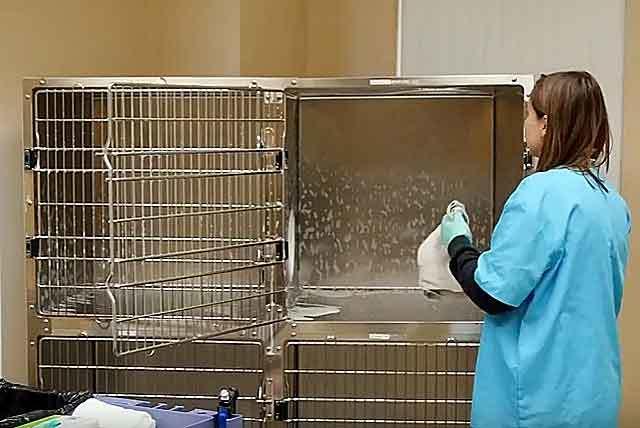
In addition to the annual preventive treatment, farmers disinfect the cages before the female gives birth. Processing is carried out 10 days before the expected date. The same procedure is done a week before the growing offspring are deposited from the mother.
External use
Lactate disinfects and dries problem areas of the skin on the pet's body. The active substance effortlessly softens all kinds of cornification, therefore the drug is often used to lubricate old corns and warts. For the treatment of neoplasms on the skin of a pet, a 20-40% acid solution is used.
Lactate successfully treats inflammation in the pet's genital area. A weak, 1% mixture of lactic acid is used for processing. The active substance is often used to gently cauterize ulcers.Natural acid effectively copes with various types of dermatoses. The skin is treated with lactate 10% concentration.
Open wounds are carefully treated with a cotton swab with a 40% solution of the drug. The active substance is used carefully, the agent is dangerous for the vulnerable mucous membrane of the eyes.
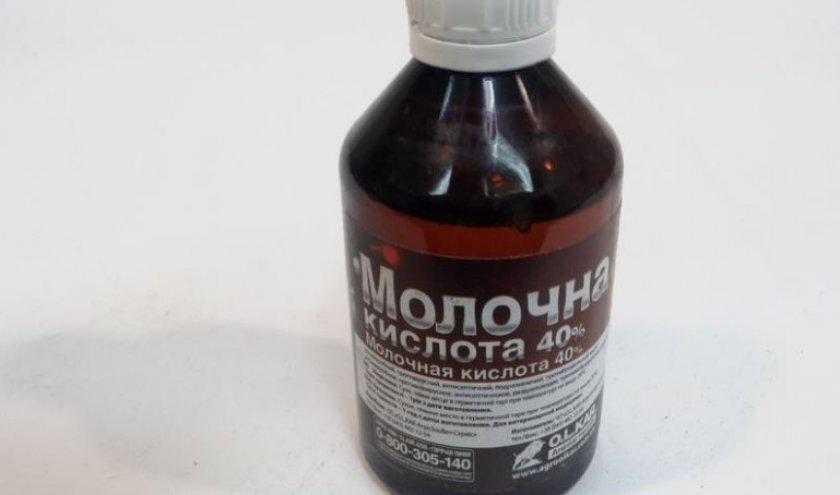
Precautions
Despite the harmlessness of lactate, safety precautions when handling acids still need to be observed. Disinfection of cells and premises is carried out in protective equipment. To work with acid you will need: protective clothing, reliable respirators and comfortable gloves.
Contraindications and side effects
The drug is not suitable for animals experiencing the acute phase of chronic ailments. The active substance will only worsen the condition of the sick pet.It is forbidden to use lactate if:
- renal failure;
- increased acidity;
- weeping ulcers;
- acute form of gastritis.
Similar means
On the territory of the Russian Federation, it is allowed to use several feed additives. The drugs can be safely called lactate analogues. They are divided into 2 groups:
- Additives containing lactic acid ("Fomilak", "LaktorN").
- Supplements without active substance content, but containing other food acids ("Aquasef" and "Stabi For").
